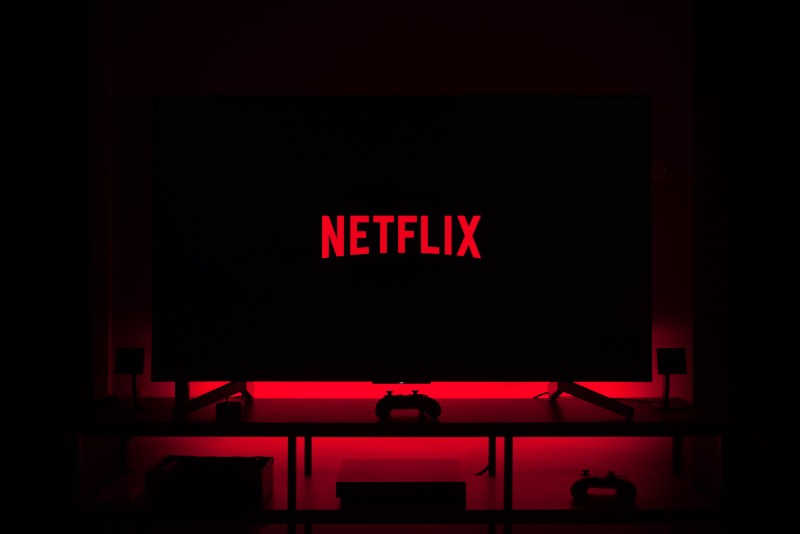The pay-TV industry has managed to exceed a billion subscribers and US$200 billion in global revenues earlier this decade. It is even expected to reach US$250 billion in global industry revenues in 2020. Pay-TV Operators have innovated the TV markets in different regions by providing different content solutions, new value propositions and advanced new services.
However, during the past years, traditional TV Operators are facing a challenge. Their competitive edge is starting to crumble as they are experiencing slow growth, intensified competition and business model disruption. An important cause for this disruption is the online consumption of video content. More and more consumers feel limited by the possibilities linear TV provides them and therefore the growing trend in the industry is on-demand consumption of content. This trend has activated a lot of companies to sprout, grow, and disrupt the whole industry.
Netflix CEO Reed Hastings has mentioned that all linear television will eventually migrate to the internet. John Farrell, director of Youtube Latin America, made the bold prediction that online video will eclipse traditional linear TV watching by 2020. These companies have a vision that is being shared and copied by big players in the industry. Many TV Operators across the globe are currently testing and incrementally implementing new ways of content distribution. However, pure OTT-players such as Youtube and Hulu do not have a ‘linear legacy’. The DNA of these company lies purely online which gives them a competitive advantage to stay ahead with optimizing their online video platforms and applications in order to respond to the quickly changing demands of consumers.

Which brings us to the TV Operators that are currently in threat of becoming ‘bit-pipes’; meaning that they will miss out on a lot of value because they are not innovating quickly enough. At the same time emerging OTT platforms, not controlled by TV Operators, use their pipes to reach the consumer’s homes. The only differentiation between different TV Operators will become cost-efficiency, which is a worrying scenario in this huge industry.
But historically, TV Operators have the physical network, a customer base and often a very dominant position in their country or region. In order to stay relevant, their key focus should be a more interactive and seamless user experience for the consumer, in order to prevent their customers from becoming cord-cutters. If TV Operators want to become ‘Smart Content Distributors’, they will need to develop innovative solutions to serve the current and future customer.
As of now, most TV Operators have little knowledge about the content that are actually distributing from the broadcaster to their customers. For example, most TV Operators do not know when a program exactly starts. The consequence is that when a customer selects a program in the catch-up environment, he will inevitably need to scroll through a few minutes of the (outdated) linear ad block. This is because the TV Operator bases the start time on the EPG (Electronic Program Guide), which is seldom the accurate start time. This causes huge frustration with consumers.
Another challenge for TV Operators is that they have little metadata about which persons, subjects or themes are being broadcasted. This makes it hard to provide Content Search or relevant recommendations based on Deep Content Analysis. For example; after watching a (part of a) talk show featuring Leonardo DiCaprio talking about climate change, it might be interesting to recommend other programs including Leonardo or programs about climate change. Or when you search for “Leonardo DiCaprio” in the catch-up platform, you immediately find all (clips of) programs where Leonardo DiCaprio appeared on or was mentioned in. Currently a search on a particular person often leads to ‘0 results’ since the person’s name was never in the traditional metadata of a TV program or VOD item.
These are just examples of areas where TV Operators could easily differentiate in order to optimize their catch-up TV to the standard consumers demand nowadays.
Media Distillery develops technology that analyzes video content in real-time. We apply cutting-edge deep learning, artificial intelligence and data mining techniques such as speech, face, text and logo recognition to filter all relevant information. The synergistic approach of combining all these different technologies provides highly accurate results. This technology helps TV Operators to optimize their OTT-offering and to create new innovative products in this changing market.
April 24, 2017